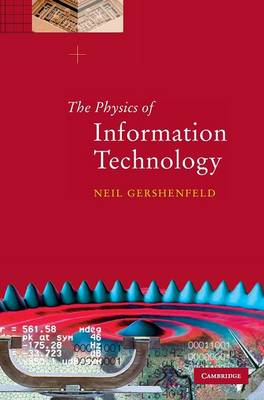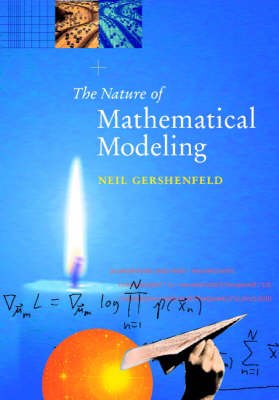Cambridge Series on Information and the Natural Sciences
2 total works
The Physics of Information Technology explores the familiar devices that we use to collect, transform, transmit, and interact with electronic information. Many such devices operate surprisingly close to very many fundamental physical limits. Understanding how such devices work, and how they can (and cannot) be improved, requires deep insight into the character of physical law as well as engineering practice. The book starts with an introduction to units, forces, and the probabilistic foundations of noise and signalling, then progresses through the electromagnetics of wired and wireless communications, and the quantum mechanics of electronic, optical, and magnetic materials, to discussions of mechanisms for computation, storage, sensing, and display. This self-contained volume will help both physical scientists and computer scientists see beyond the conventional division between hardware and software to understand the implications of physical theory for information manipulation.
This 1998 book, about the nature and techniques of mathematical modeling, is oriented towards simple efficient implementations on computers. The text is in three sections. The first covers exact and approximate analytical techniques; the second, numerical methods; the third, model inference based on observations; and the last, the special role of time in modeling. Each of the topics in the book would be the worthy subject of a dedicated text, but only by presenting the material in this way is it possible to make so much material accessible to so many people. Each chapter presents a concise summary of the core results in an area, providing an orientation to what they can (and cannot) do, enough background to use them to solve typical problems, and pointers to access the literature for particular applications. The text is complemented by extensive worked problems.

